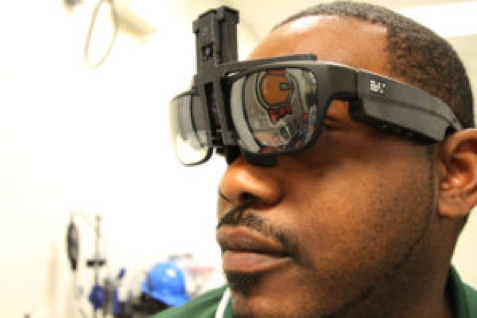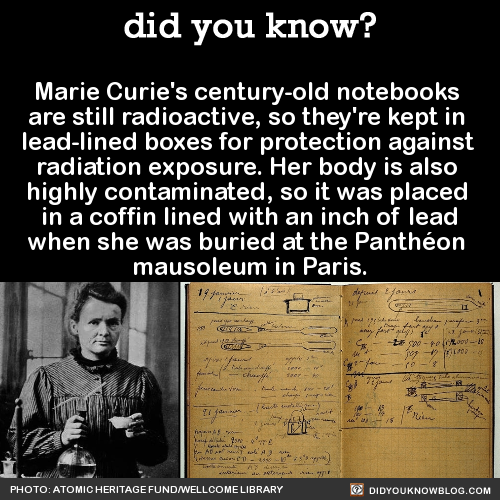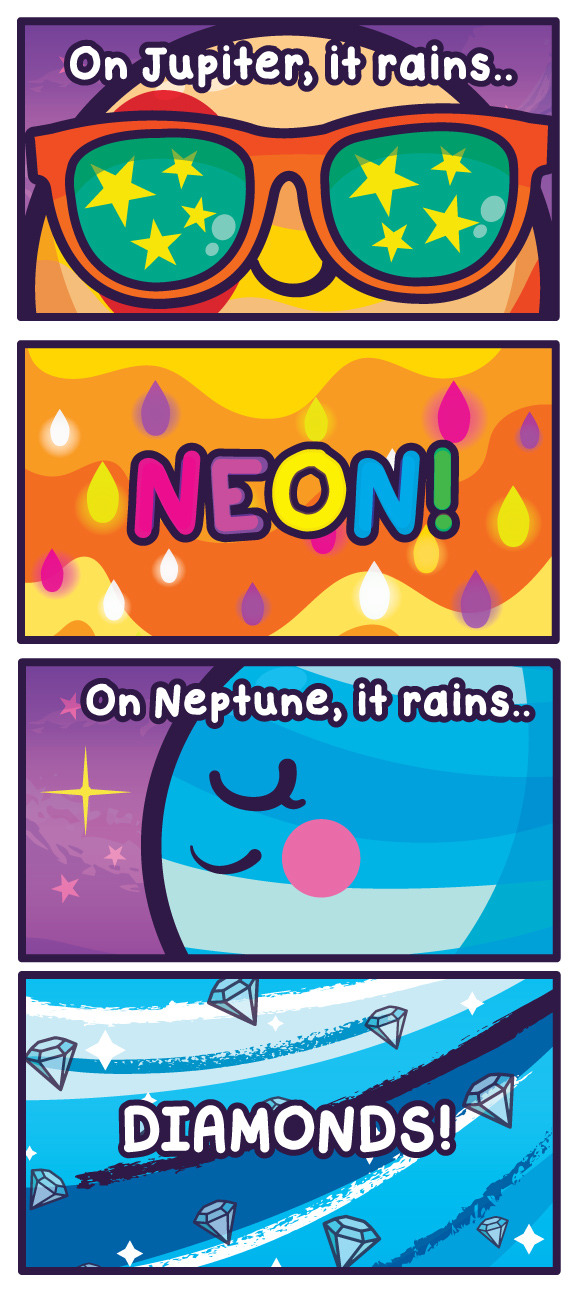Why Are We Ticklish?
Why Are We Ticklish?
A new study from Humboldt-Universität zu Berlin has found how “ticklishness” is represented in the rat brain. The study has been published on 11th November 2016 in Science.
Of all physical sensations, ticklishness is perhaps the most mysterious. Why do we laugh in response to tickling? Why are certain body parts more ticklish? Why cannot we tickle ourselves? Indeed, the mystery of ticklish perception has been discussed for more than two millennia by great intellectuals including Aristotle and Charles Darwin. Despite such long-standing interest, the mechanism of ticklishness remained elusive.
The new study investigated tickling in rats. Earlier work had shown that young rats respond with 50 kHz ultrasonic “laughter-calls” to tickling by humans. In the novel study rats also reacted enthusiastically to the tickling: they emitted numerous calls. As judged by their calls, rats were most ticklish on the belly and underneath their feet. Rats often performed unsolicited joy jumps (Freudensprünge) after tickling, a behavior that can be seen in joyful subjects in various mammalian species. Rats also played with the researcher’s hand and chased it, and emitted similar calls during play.
“Neural correlates of ticklishness in the rat somatosensory cortex” by S. Ishiyama and M. Brecht in Science. Published online November 11 2016 doi:10.1126/science.aah5114
More Posts from Thestarblaster-blog and Others
10 Technologies That Are Changing the Game
Earlier this year, we hosted a Game Changing Technology Industry Day for the aerospace industry, and in October our engineers and technologists visited Capitol Hill showcasing some of these exciting innovations. Check out these technology developments that could soon be making waves on Earth and in space.
1. Wearable technology

With smartwatches, glasses, and headsets already captivating users around the world, it’s no surprise that the next evolution of wearable technology could be used by first responders at the scene of an accident or by soldiers on a battlefield. The Integrated Display and Environmental Awareness System (IDEAS) is an interactive optical computer that works for smart glasses.

It has a transparent display, so users have an unobstructed view even during video conferences or while visualizing environmental data.

And while the IDEAS prototype is an innovative solution to the challenges of in-space missions, it won’t just benefit astronauts – this technology can be applied to countless fields here on Earth.
2. Every breath they take: life support technologies
Before astronauts can venture to Mars and beyond, we need to significantly upgrade our life support systems. The Next Generation Life Support project is developing technologies to allow astronauts to safely carry out longer duration missions beyond low-Earth orbit.

The Variable Oxygen Regulator will improve the control of space suit pressure, with features for preventing decompression sickness. The Rapid Cycle Amine technology will remove carbon dioxide and humidity and greatly improve upon today’s current complex system.

3. 3-D printing (for more than just pizza)
New Advanced Manufacturing Technologies (AMT), such as 3-D printing, can help us build rocket parts more quickly and aid in building habitats on other planets.

These manufacturing initiatives will result in innovative, cost-efficient solutions to many of our planetary missions. Back in 2014, the International Space Station’s 3-D printer manufactured the first 3-D printed object in space, paving the way to future long-term space expeditions.

The object, a printhead faceplate, is engraved with names of the organizations that collaborated on this space station technology demonstration: NASA and Made In Space, Inc., the space manufacturing company that worked with us to design, build and test the 3-D printer.

4. Spacecraft landing gear
Large spacecraft entering the atmosphere of Mars will be traveling over five times the speed of sound, exposing the craft to extreme heat and drag forces. The Hypersonic Inflatable Aerodynamic Decelerator (HIAD) is designed to protect spacecraft from this environment with an inflatable structure that helps slow a craft for landing.

To get astronauts and other heavy loads to the surface safely, these components must be very strong. The inflatable consists of a material 15 times stronger than steel, while the thermal protection system can withstand temperatures over 1600°C.
5. From heat shield technology to firefighter shelters

For the Convective Heating Improvement for Emergency Fire Shelters (CHIEFS) project, we partnered with the U.S. Forest Service to develop safer, more effective emergency fire shelters for wild land firefighters.

Using existing technology for flexible spacecraft heat shields like HIAD, we are building and testing new fire shelters composed of stacks of durable, insulated materials that could help protect the lives of firefighters.

6. Robots and rovers
Real life is looking a bit more like science fiction as Human Robotics Systems are becoming highly complex. They are amplifying human productivity and reducing mission risk by improving the effectiveness of human-robot teams.

Our humanoid assistant Robonaut is currently aboard the International Space Station helping astronauts perform tasks.

A fleet of robotic spacecraft and rovers already on and around Mars is dramatically increasing our knowledge and paving the way for future human explorers. The Mars Science Laboratory Curiosity rover measured radiation on the way to Mars and is sending back data from the surface.

This data will help us plan how to protect the astronauts who will explore Mars.

Future missions like the Mars 2020 rover, seeking signs of past life, will demonstrate new technologies that could help astronauts survive on the Red Planet.

7. Robotic repairs
Currently, a satellite that is even partially damaged cannot be fixed in orbit. Instead, it must be disposed of, which is a lot of potential science lost.

Satellite Servicing technologies would make it possible to repair, upgrade, and even assemble spacecraft in orbit using robotics.

This can extend the lifespan of a mission, and also enable deeper space exploration.

Restore-L, set to launch in 2020, is a mission that will demonstrate the ability to grab and refuel a satellite.
8. Low-cost spacecraft avionics controllers
Small satellites, or smallsats, are quickly becoming useful tools for both scientists and industry. However, the high cost of spacecraft avionics—the systems that guide and control the craft—often limits how and when smallsats can be sent into orbit by tagging along as payloads on larger launches.

Using Affordable Vehicle Avionics (AVA) technology, we could launch many more small satellites using an inexpensive avionics controller. This device is smaller than a stack of six CD cases and weighs less than two pounds!
9. Making glass from metal
After a JPL research team of modern-day alchemists set about mixing their own alloys, they discovered that a glass made of metal had the wear resistance of a ceramic, was twice as strong as titanium, and could withstand the extreme cold of planetary surfaces, with temperatures below -150 degrees Fahrenheit.

Bulk Metallic Glass (BMG) gears would enable mechanisms to function without wasting energy on heaters. Most machines need to maintain a warmer temperature to run smoothly, which expends precious fuel and decreases the mission’s science return.

By developing gearboxes made of BMG alloys, we can extend the life of a spacecraft and learn more about the far reaches of our solar system than ever before. Plus, given their extremely high melting points, metallic glasses can be cheaply manufactured into parts by injection molding, just like plastics.
10. Lighter, cheaper, safer spacecraft fuel tanks
Cryogenic propellant tanks are essential for holding fuel for launch vehicles like our Space Launch System—the world’s most powerful rocket. But the current method for building these tanks is costly and time-consuming, involving almost a mile of welded parts.

Advanced Near Net Shape Technology, part of our Advanced Manufacturing Technologies, is an innovative manufacturing process for constructing cryotanks, using cylinders that only have welds in one area.

This makes the tank lighter, cheaper, and safer for astronauts, as there are fewer potentially defective welds.
Follow us on Tumblr for your regular dose of space: http://nasa.tumblr.com

The Cone Nebula from Hubble
js

Marie Curie’s century-old notebooks are still radioactive, so they’re kept in lead-lined boxes for protection against radiation exposure.

Photo via: Wellcome Library, London
Anyone wishing to handle her notebooks, personal effects, or other items have to wear protective gear and sign a liability waiver, just in case. She basically walked around carrying radium and polonium in her pockets, so… yeah.

Photo via: Amanda Macias/Business Insider
Marie and her husband Pierre are buried in Paris’s Panthéon, a mausoleum in that contains the remains of distinguished French citizens — including philosophers Rousseau and Voltaire.
Source

When Camilla Parker Bowles, the Duchess of Cornwall, visited Abu Dhabi in 2016, she was the first member of the British royal family to be protected by an all-women security team. The women wore flowing, black hijabs, are all members of the UAE’s presidential guard, are highly skilled in martial arts and combat, and each one is hiding unidentified weapons on her person. Source




The last but not least of Assorted Planets Month!
And now to cool you all off with some “refreshing” rain!
This week’s entry: Planetary Rain
http://www.zmescience.com/other/science-abc/rain-titan-earth-neptune/
http://io9.com/on-jupiter-you-can-see-neon-rain-1640118403

When Camilla Parker Bowles, the Duchess of Cornwall, visited Abu Dhabi in 2016, she was the first member of the British royal family to be protected by an all-women security team. The women wore flowing, black hijabs, are all members of the UAE’s presidential guard, are highly skilled in martial arts and combat, and each one is hiding unidentified weapons on her person. Source


Pluto, 2006 (Red Filter).
Credit: NASA, ESA, A Stern, H Weaver and the HST Pluto Companion Search Team


Paris syndrome is a mental disorder experienced mostly by Japanese tourists who are disappointed when they visit the city for the first time. The shock of Paris not living up to their expectations can cause depression, sweating, anxiety, dizziness, hallucinations and delusions of persecution. The Japanese Embassy in Paris has a 24-hour hotline for those needing help, and up to 20 tourists a year are hospitalized. The usual treatment for Paris syndrome is ‘to go home.’ Source Source 2 Source 3

In Japan, some believe in a formless specter called Betobeto-san that follows you around at night. Its wooden sandals make a ‘beto-beto’ sound behind you, but when you turn around, nothing is there, and if you start walking again, the sound continues. However, if you step to the side of the road and say, 'After you, Betobeto-san,’ it will leave you alone. Source Source 2 Source 3
-
 happyandticklish liked this · 4 years ago
happyandticklish liked this · 4 years ago -
 forthefuture-fish-blog reblogged this · 7 years ago
forthefuture-fish-blog reblogged this · 7 years ago -
 jasko91 liked this · 8 years ago
jasko91 liked this · 8 years ago -
 nautikos liked this · 8 years ago
nautikos liked this · 8 years ago -
 thesatiremonster liked this · 8 years ago
thesatiremonster liked this · 8 years ago -
 lilmistermaya reblogged this · 8 years ago
lilmistermaya reblogged this · 8 years ago -
 a-masquerade-of-lies liked this · 8 years ago
a-masquerade-of-lies liked this · 8 years ago -
 helpingpetsbehave reblogged this · 8 years ago
helpingpetsbehave reblogged this · 8 years ago -
 escapethetides liked this · 8 years ago
escapethetides liked this · 8 years ago -
 great-shirts-blog liked this · 8 years ago
great-shirts-blog liked this · 8 years ago -
 grossbrainiac-blog reblogged this · 8 years ago
grossbrainiac-blog reblogged this · 8 years ago -
 pikuuukip reblogged this · 8 years ago
pikuuukip reblogged this · 8 years ago -
 helpingpetsbehave liked this · 8 years ago
helpingpetsbehave liked this · 8 years ago -
 aishport liked this · 8 years ago
aishport liked this · 8 years ago -
 mummyama liked this · 8 years ago
mummyama liked this · 8 years ago -
 mere-vanilla reblogged this · 8 years ago
mere-vanilla reblogged this · 8 years ago -
 mere-vanilla liked this · 8 years ago
mere-vanilla liked this · 8 years ago -
 foottickl3rguy reblogged this · 8 years ago
foottickl3rguy reblogged this · 8 years ago -
 californialee liked this · 8 years ago
californialee liked this · 8 years ago -
 jasonashenans reblogged this · 8 years ago
jasonashenans reblogged this · 8 years ago -
 toadallytickles reblogged this · 8 years ago
toadallytickles reblogged this · 8 years ago -
 ticklish-mish liked this · 8 years ago
ticklish-mish liked this · 8 years ago -
 devourer-of-acetone reblogged this · 8 years ago
devourer-of-acetone reblogged this · 8 years ago -
 silviesticated liked this · 8 years ago
silviesticated liked this · 8 years ago -
 the-extraterrestrial-sin-fork7 liked this · 8 years ago
the-extraterrestrial-sin-fork7 liked this · 8 years ago -
 wordstrings reblogged this · 8 years ago
wordstrings reblogged this · 8 years ago -
 big-ole-strawberry-boy reblogged this · 8 years ago
big-ole-strawberry-boy reblogged this · 8 years ago -
 quantumdotsstuff liked this · 8 years ago
quantumdotsstuff liked this · 8 years ago -
 the19ofjuly liked this · 8 years ago
the19ofjuly liked this · 8 years ago -
 vanilla-andante reblogged this · 8 years ago
vanilla-andante reblogged this · 8 years ago -
 thatrenaissanceguy liked this · 8 years ago
thatrenaissanceguy liked this · 8 years ago -
 skydancer18-blog liked this · 8 years ago
skydancer18-blog liked this · 8 years ago -
 i3ok3n reblogged this · 8 years ago
i3ok3n reblogged this · 8 years ago -
 i3ok3n liked this · 8 years ago
i3ok3n liked this · 8 years ago -
 maliaannis liked this · 8 years ago
maliaannis liked this · 8 years ago -
 corpo-anima-blog1 liked this · 8 years ago
corpo-anima-blog1 liked this · 8 years ago -
 corpo-anima-blog1 reblogged this · 8 years ago
corpo-anima-blog1 reblogged this · 8 years ago -
 panda-poes reblogged this · 8 years ago
panda-poes reblogged this · 8 years ago -
 tostopwithoutafarmhousenear liked this · 8 years ago
tostopwithoutafarmhousenear liked this · 8 years ago -
 releasetheark-blog reblogged this · 8 years ago
releasetheark-blog reblogged this · 8 years ago -
 myfavoritepicsandstuff reblogged this · 8 years ago
myfavoritepicsandstuff reblogged this · 8 years ago -
 wafatamara liked this · 8 years ago
wafatamara liked this · 8 years ago -
 i-break-for-birds liked this · 8 years ago
i-break-for-birds liked this · 8 years ago -
 demisexuali-titty liked this · 8 years ago
demisexuali-titty liked this · 8 years ago
Here I have things and stuff I like. I'm 18 years old pup who loves space and sciece. You may find some fascinating things here.
41 posts